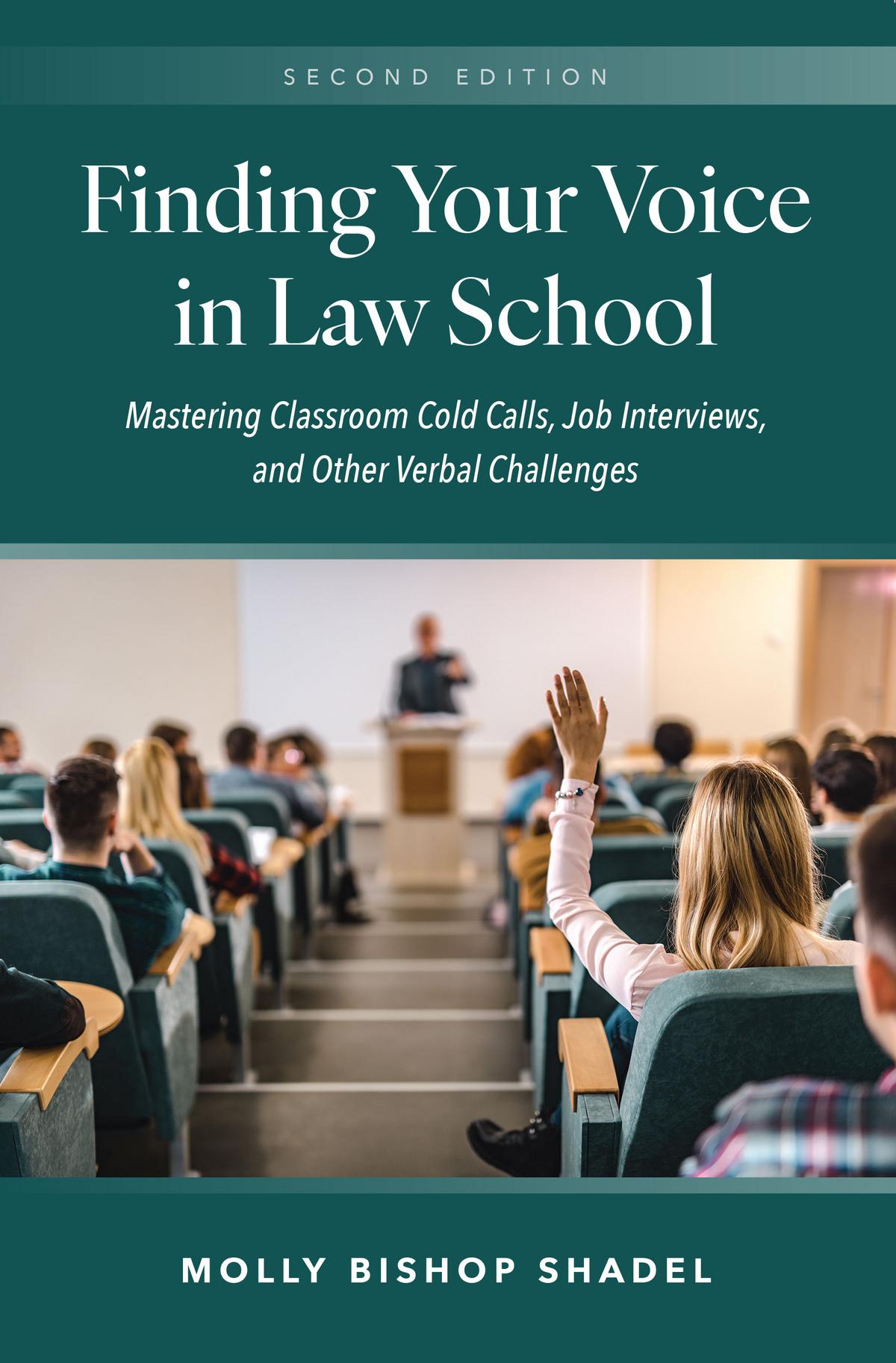In 1975, when I first entered a law school classroom, there was no guide for how to persuade (or, indeed, simply how to speak clearly). Yes, the movie THE PAPER CHASE gave entrée to the pressure cooker of the law school classroom and having to respond to the “hairy hand” hypothetical, but otherwise one was on their own.

Another deficit, perhaps class-based, was an assumption of knowledge. The components of a trial, or the functions and processes of an appellate argument, were barely taught and instead were treated as patently obvious. And no one explained the Socratic discourse – rather, it was trial by fire.
Jump ahead to current times and life and law have thankfully advanced. There are orientation courses before and during the opening week of the 1L year. And of course the internet is chock full of advice. Examples include
- https://tutorinlaw.com/2023/08/26/surviving-1l-what-to-expect-in-your-first-year-of-law-school/
- https://www2.law.temple.edu/admitted/
- https://www.law.upenn.edu/academics/legalpracticeskills/letter-to-first-year-students.php
- https://lawoftheday.com/blog/what-does-1l-mean-in-law-school/
Sources such as these offer an overview of what will be encountered, performance expectations, and resources. But none focuses exclusively on persuasion, the art and skills of verbalizing legal reasoning.
That subject is at the core of FINDING YOUR VOICE IN LAW SCHOOL: MASTERING CLASSROOM COLD CALLS, JOB INTERVIEWS AND OTHER CHALLENGES, 2ND EDITION (Carolina Academic Press, 2025). And it does the job, masterfully.
To appreciate the breadth and strength of this book, one must start with the author. Professor Molly Bishop Shadel of the University of Virginia School of Law has a career that included judicial clerkships, the Department of Justice and (before law), studying theater and directing plays. A look at Professor Shadel’s courses at U Va. makes clear her ability to write this book:
- Persuasion
- Advanced Verbal Persuasion
- Oral Presentations in and out of the Courtroom
- Hallmarks of Distinguished Advocacy
Professor Shadel wrote this with purpose, learned from her own experience:
the verbal education I received in law school was more important than any grade. Being able to articulate an idea aloud, to think under pressure, to keep your cool in a stressful situation—these are the skills that can make you stand out a job interview. Once you have the job, your skills of verbal persuasion can help you succeed in it…It is worth the time to learn how to speak effectively, because it’s a skill you will use for the rest of your life, and it’s something lawyers are asked to do in a variety of settings.
The good news is that anyone can learn to speak well. Anyone. As a professor who teaches oral advocacy and rhetoric, I have seen student after student face the challenge of public speaking. I’ve seen them overcome their fears, stumble, get back up again, practice, and improve. Yes, there are some people who are naturals at this. But anyone can become competent, even brilliant, at verbal persuasion. The purpose of this book is to help you figure out how.
And the book? Affordably priced for the new law student, it is a comprehensive guide to the how and why of persuasion. Students are introduced to the Socratic method and how to effectively engage in and learn from such discourse. Four cases are appended to the text, so the sample Socratic dialogue has context.
A guide to how to prepare for and present at the first ‘appellate’ argument in first year legal writing is excellent, with advice that would benefit attorneys approaching their first (or fifth) appellate argument and demystifies the process so that the first generation student stands on equal footing with the third generation family-of-lawyers 1L.
This reviewer paid particular attention to chapter 6, that on basic trial advocacy. Again, the overview is accessible, comprehensive and accurate. While trial advocacy courses are generally reserved for the 2L year, a 1L will benefit greatly as they visualize the stages of a trial and the skills a law student must master. Teaching ‘plain speak’ and ‘clear speak’ is essential, and Professor Shadel does it extremely well; and the use of an actual trial file takes the abstract and makes it real.
Of particular importance is the balance between ‘lawyer-speak’ and ‘human-speak.’ In explaining the language of objections, the student is suggested to begin by thinking of what the particular Evidence rule requires but to then respond with a plain explanation of the ‘why’ of admissibility.
“It is the prosecution’s/plaintiff’s burden today to prove _______. This testimony/evidence goes to prove/disprove that ____.” Oh, if more lawyers could be so focused.
Professor Shadel grounds the lessons in the standards and tools of classical rhetoric. She also takes the new student beyond the classroom to the voice(s) needed for negotiating, job interviews and “communicating on the job.”
I hope that each law school teaches these skills over the course of the 80+ credits needed to graduate, but that education will of course be fragmented. But students might be better armed and more at ease with the knowledge accessible from day 1. Having FINDING YOUR VOICE on the shelf to teach or refresh on these diverse topics, a within-arms-reach guide that is informative and reassuring, is a gift.
